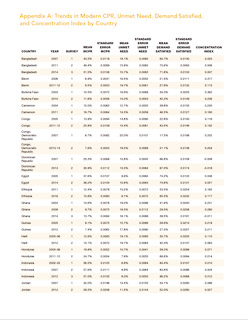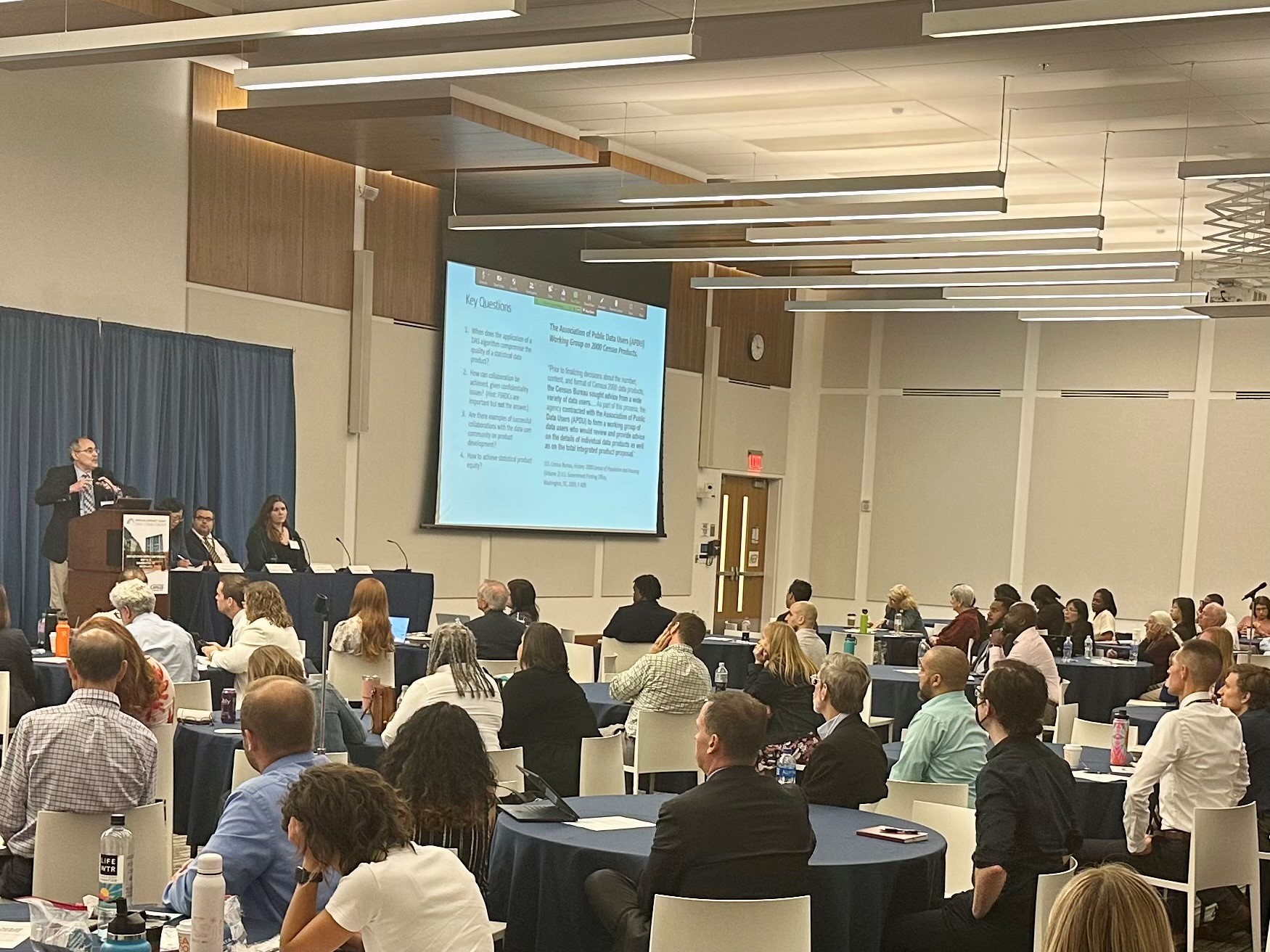Population Bulletin, vol. 73, no.1: Appendices
Online Appendices Revised July 2019

Online Appendices Revised July 2019
In 2020, for the first time in decades, more children ages 17 and younger died from guns than from motor vehicle crashes.
Project: KIDS COUNT
(2008) National trends in child well-being have improved slightly since 2000, according to the 2008 KIDS COUNT Data Book.

Attendees explored respondent privacy, data quality, and uses of data from the American Community Survey at the meeting, organized by PRB and the U.S. Census Bureau.
(2008) The U.S. population is set to reach 400 million by 2039, four years earlier than previously projected, according to new population projections from the U.S. Census Bureau.
(2002) With its poverty and underdeveloped health systems and other infrastructures, it is certain that Africa will not be able to bring the HIV/AIDS epidemic under control as rapidly as it needs to if the continent has to rely only on its own resources.
Although progress has been made toward achieving Millennium Development Goal #1 in sub-Saharan Africa, the absolute number of people living in poverty continues to rise, due to population growth.
For 20 years, Population Reference Bureau has been connecting human health and planetary health, to show how population dynamics (including family planning) and environmental change interact and affect human and planetary health. Our new name for this practice area is People, Health, Planet.